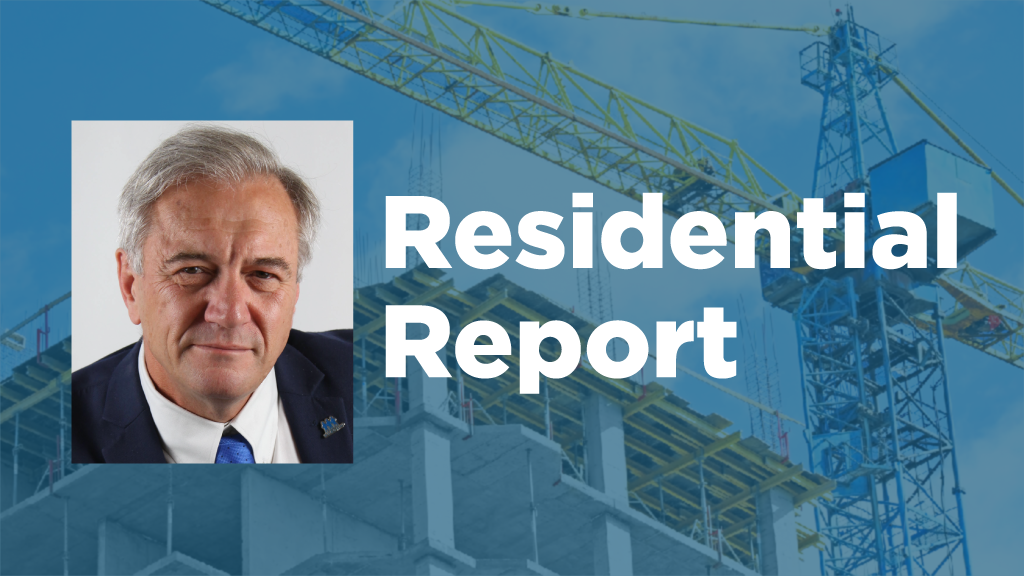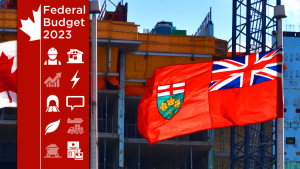If you walk into a car dealership to buy a new set of wheels, you wouldn’t expect to be taxed at a rate that’s disproportionately higher than the levy imposed on other products and industry sectors, right?
However, that’s exactly what’s happening in the new housing sector. A new home in Ontario has a tax burden twice that of the rest of the economy.
The fees include production taxes, development charges, provincial and federal sales taxes and land transfer taxes.
Production taxes on residential construction are by far the highest among the 231 industry sectors in Ontario.
Those are the stark facts.
A new report by the Canadian Centre for Economic Analysis (CANCEA) indicates the tax burden on a new home in Ontario versus the rest of the economy has been growing and has increased generally by 13 per cent over the past decade.
Taxes on new housing in Ontario now account for 31 per cent of the purchase price. That’s up from about 24 per cent in 2012.
So, on a $940,400 purchase price, $288,500 is taxation revenue paid to the government.
It’s an outrageous situation, especially at a time when we are in such dire need of new housing supply.
We presently have the worst housing affordability crisis in Ontario’s history. A perfect storm of troubles has made it very difficult for developers and builders to build more homes – and for the public to afford them – when taxes are contributing to such a large chunk of the total cost of a new home.
But it gets worse.
The report also notes the federal government gets 39 per cent of the share of taxes collected to build a new home, but only invests 7.1 per cent in public infrastructure.
This too is a travesty, as public infrastructure investment funding in Ontario required to support growth trends is 30 per cent below what is required. This only exacerbates the critical need for increased federal public infrastructure investment to help ease housing unaffordability in Ontario.
We have a situation where the federal government is reaping the benefits of growth through the taxation of new homes, but it has not been a significant participant in funding public infrastructure investment.
This puts a strain on local governments and impedes construction at a time when immigration is increasing and more homes are needed.
While Ontario’s population has grown by 68 per cent since the 1970s, the number of annual new housing completions has dropped by 23 per cent.
To restore housing affordability in Ontario, CANCEA figures there needs to be a significant increase in the production of new homes.
The actions of the federal government, both now and over the past decades, have created unprecedented funding challenges for provincial and municipal governments and put them in the crosshairs.
They need federal funding to carry out infrastructure projects but aren’t getting the support they need from the feds.
Findings in the research report indicate there is a critical need for the federal government to step up its investments directly into public infrastructure. Or they should transfer funds to the province and Ontario municipalities, so they have the funds to do the needed work. Either way, the feds must establish stable, predictable and substantial infrastructure funding for Ontario and its municipalities.
他们必须把他们的负载。
The federal government’s decision to increase immigration dramatically from pre-pandemic levels indicates a lack of understanding of the housing crisis and the imbalances that exist due to its policies. The feds are intending to drive growth in Ontario via immigration but are not returning enough of the funds from that growth, which is a factor in the unaffordable housing crisis.
The levels of federal investment in Ontario have not increased in real terms as a percentage of GDP for the past 10 years.
The feds are simply contributing too little compared to the amount of revenue they generate from new housing taxation.
To keep our economy moving and accommodate our anticipated population growth, building new homes is critical. However, building new homes also requires significant public infrastructure investment.
RESCON has called on the feds to ante up more funds for housing and related infrastructure. We hope they are listening.
Richard Lyall is president of the Residential Construction Council of Ontario. He has represented the building industry in Ontario since 1991. Contact him at media@rescon.com.









Recent Comments